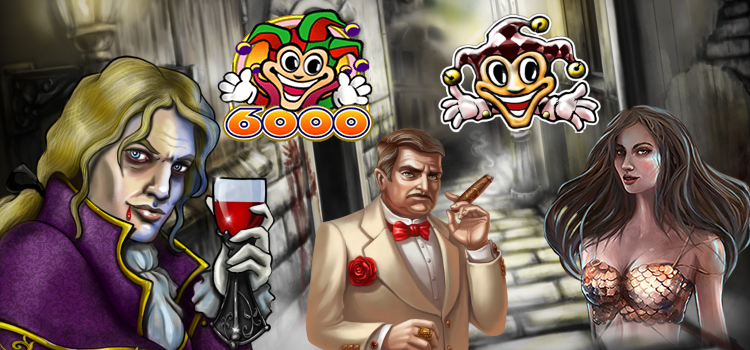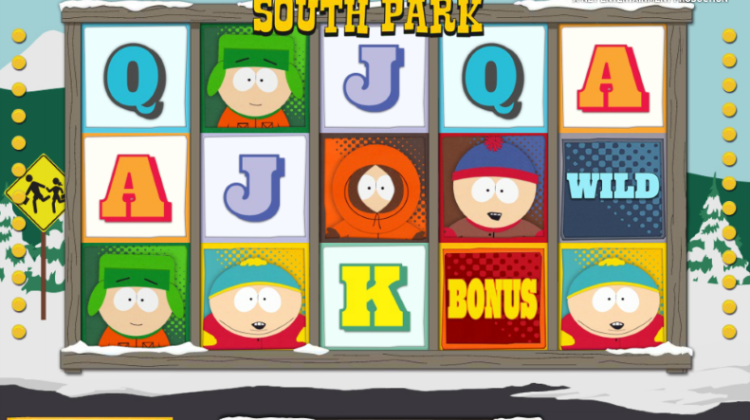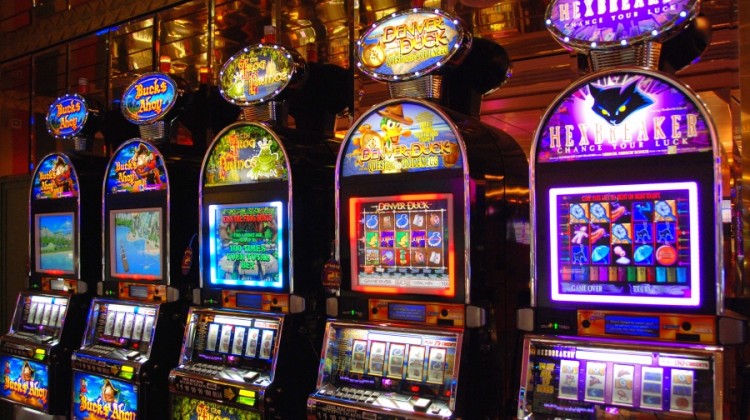Gambling today is all around us. From the local lottery to football pools at work, gambling has become as much a part of our lives as shopping or eating with the family. But for millions of teens it may develop into so much more than the occasional bet with friends. It can become an obsession, a way of life. The problem of gambling compulsively is a crippling illness that can destroy families, friends, jobs, and lives.
Many history books specializing in the study of the legal aspects of gambling, argue that gambling in the United States has gone through three historical phases. Gambling thrived during the colonial and post revolutionary periods. Governments supported and encouraged lotteries. Lotteries however were not the only type of gambling during this time. Wagering on horse racing was another popular form of gambling. Racing though was not quite as organized or as complex as modern day horse racing. Instead the gambling was only between a few owners of horses and their partisans. The first racetrack in the United States was built in Long Island, New York in 1665.
With the end of Jacksonian morality, came the end of the first phase, gambling scandals and outright fraud caused the ban of lotteries and gambling. By 1862, all states expect Kentucky and Missouri outlawed lotteries. The second phase began after the civil war. Southern states that were desperate for revenue turned to lotteries. New laws were enacted legalizing gambling houses so that states could collect taxes on them. As gambling moved west it became more pervasive, and laws were much more difficult to enforce. In the 1890s scandals in the Louisiana lottery resulted in new anti-lottery laws.
Legislation banning lotteries in many states soon followed, some were even written into the State Constitution.
The second wave of legal gambling was short-lived. Scandals and the rise of Victorian morality led to the end of legal gambling. Virtually all forms of gambling were prohibited in the United States by 1910. There was legal betting in only 3 states, which allowed horse racing, but even that number shrank in years following.
The thoughts about gambling ran so strong that Arizona and New Mexico were required to outlaw casinos to gain statehood. The prohibition however did not stop gambling. There were many types of illegal gambling houses. Some operated openly for many years, but had to pay protection money to the law enforcement authorities for this privilege. The third and present phase began during the great depression of the 1930’s. The great depression led to a much greater legalization of gambling. The antigambling mood changed as major financial problems gripped the country, especially after the stock market crash of 1929.
This societal problem, like teenage smoking, drinking and drug abuse, is yet one more area we will need to give attention to.
Interested in this subject? Try this link for more of the same
By Nestler
None













No Comment